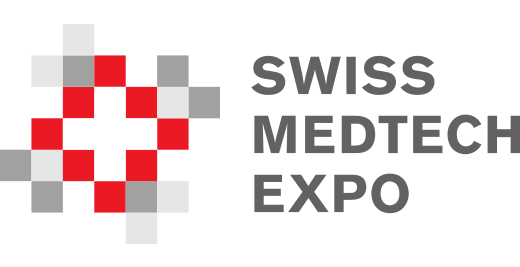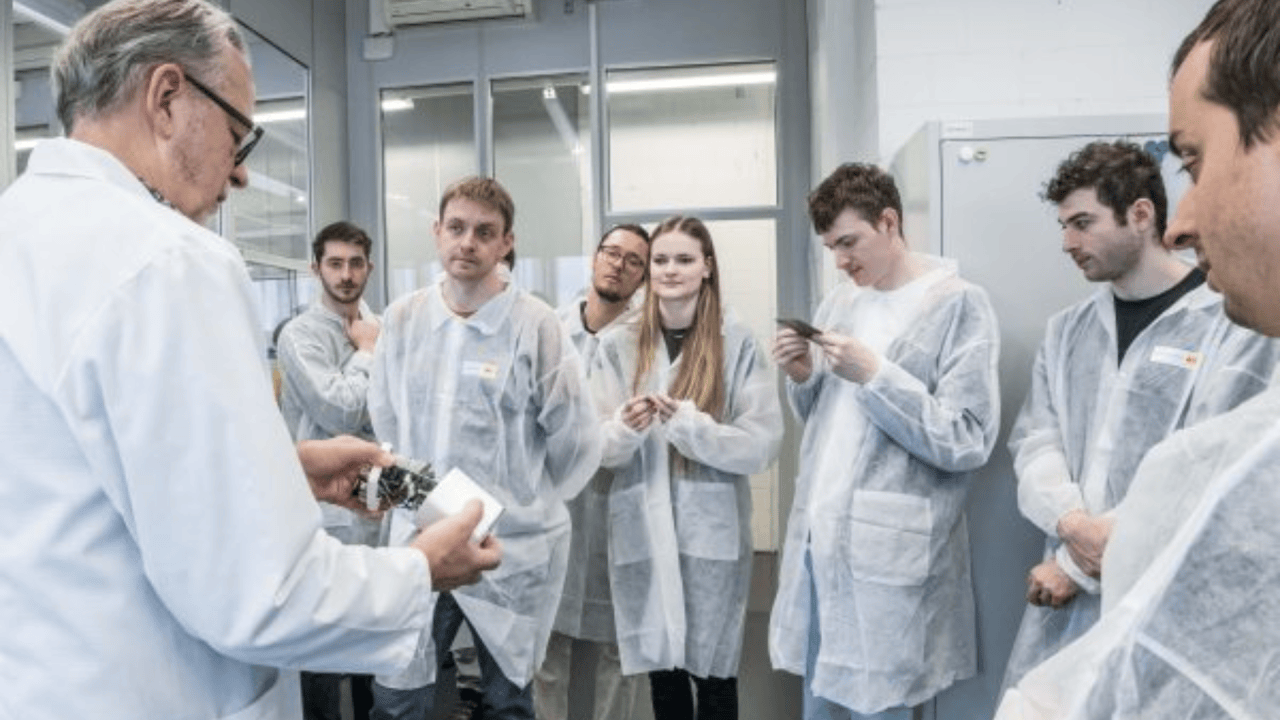During a visit to Iftest AG, electrical engineering and information technology students from the FHNW experienced how their theoretical knowledge is applied in practice. This excursion offered insights into state-of-the-art electronics production and the realisation of individual customer solutions.
Three questions for Prof. Dr Pascal Schleuniger

Prof. Dr. Pascal Schleuniger, Information / Image source: FHNW
Who can study Electrical and Information Technology at the FHNW University of Applied Sciences and Arts Northwestern Switzerland?
The students have very different backgrounds: For example, a basic qualification as an electronics technician, electrician, or automation technician. Even graduates with no professional training can start a degree programme after a one-year internship. It is also possible to join the programme from another university or to transfer from ETH.
How long does the degree programme take to complete and how can the terms be taken?
There are several options here as well. For example, the electrical engineering programme can be completed in 6 full-time semesters. The same programme is also offered on a part-time basis. This model takes 8 semesters. It is very popular, with about half of the students choosing this option.
Your programme slogan is: “Smart answers to the challenges of our time”. What is the learning objective and what opportunities do students have after graduation?
There is hardly an area of life that is not influenced by electrical engineering products. Just think of smartphones or the home of the future with “smart homes” and “smart grids”, to name but a few. The content of our programme is in-depth. This gives students a broad base of knowledge. They can also choose between different specialisations. This opens a wide range of activities and attractive career opportunities for graduates.
Hands-on electronics: a “hidden champion” presents itself
Getting to know the subject in a practical way – that was the aim of visiting Iftest AG. Jürgen Schulz, Head of Technology, welcomed the aspiring electrical engineers and their lecturers and began by introducing them to the company. Then things got more specific: Reinhold Blatz, Team Leader CAD/NPI, and Wolfram Ebner, Head of Process Technology & Lean Management, led the groups through the engineering departments and production areas. The students experienced first-hand how exciting and varied the work at Iftest is.
Following the material flow, the visitors were shown how the different production processes build on each other. They learned that Iftest’s location in Switzerland offers many advantages. A particular strength is the combination of engineering and in-house production. The proximity means that development costs can be optimised from the outset. In doing so, Iftest uses the “DFx” methodology. This method optimises both quality and costs in production. DFx stands for Design for M = Manufacturing, T = Testability, C = Cost and L = Logistics, among other things. For price-critical products, Iftest’s subsidiary QESS in Slovakia can be used.
When asked about the awareness of the “Iftest” brand as a B:B service provider, Jürgen Schulz replied: “We create customer products, our logo is not visible on any product. We are ‘hidden champions’ and live very well with it.”

The “Hidden Champions” answered the students’ questions. From left to right: Reinhold Blatz, Team Leader CAD / NPI, Massimiliano D’Amore, Head of Sales, Wolfram Ebner, Head of Process Technology & Lean Management, Jürgen Schulz, Head of Technology

Optical inspection by X-ray system: The students on a production tour
Focus on PCB design
As the specialised class was at Iftest as part of the PCB design module, the focus was on on-screen work with the CAD programme. The students learned that PCB design allows for customised solutions and that each customer requirement can be implemented individually. The collaboration between hardware development and PCB design was also demonstrated. The class was amazed to learn that the schematics created by the developer with the required components can be up to twenty or more pages long. The components they contain are all recorded as 3D models in the component library. The purpose of this is to be able to visualise and evaluate the print three-dimensionally. After Reinhold Blatz’s explanations, it was clear to everyone that this requires a lot of experience. It was a particular highlight for the students to hold the CAD designs they had seen on the screen in their hands as physical samples.


High-tech electronics at your fingertips: in addition to the presentation directly in the CAD programme, Reinhold Blatz, Team Leader CAD/NPI, had full-size samples of circuit boards ready for distribution. Pictures: Christian Doppler, cosmepics.ch
Invest in your future with Iftest
What Jürgen Schulz made no secret of: Iftest AG is always on the lookout for talent. Would you like to know more about the exciting work of an electrical engineer at Iftest? Or are you interested in a tour of the company? Then Jürgen Schulz, Head of Technology, is looking forward to hearing from you.








